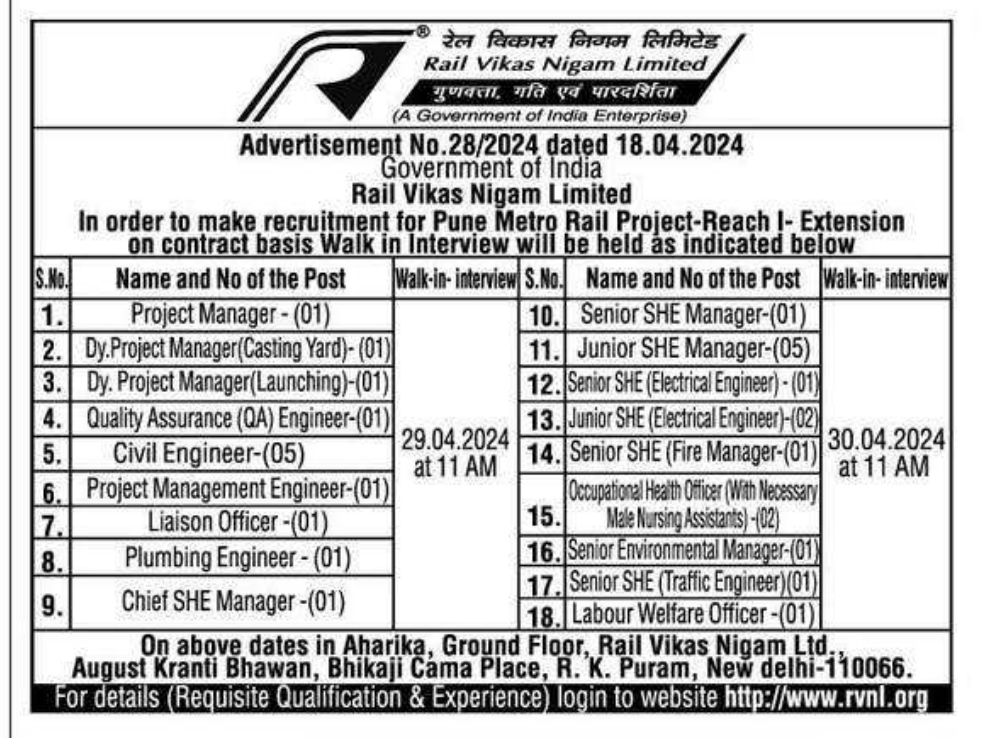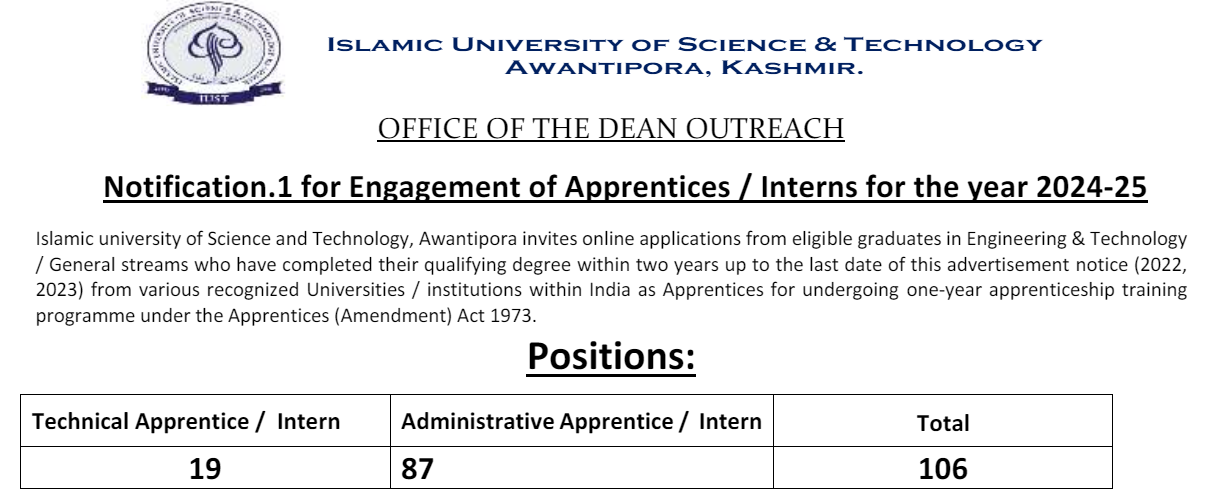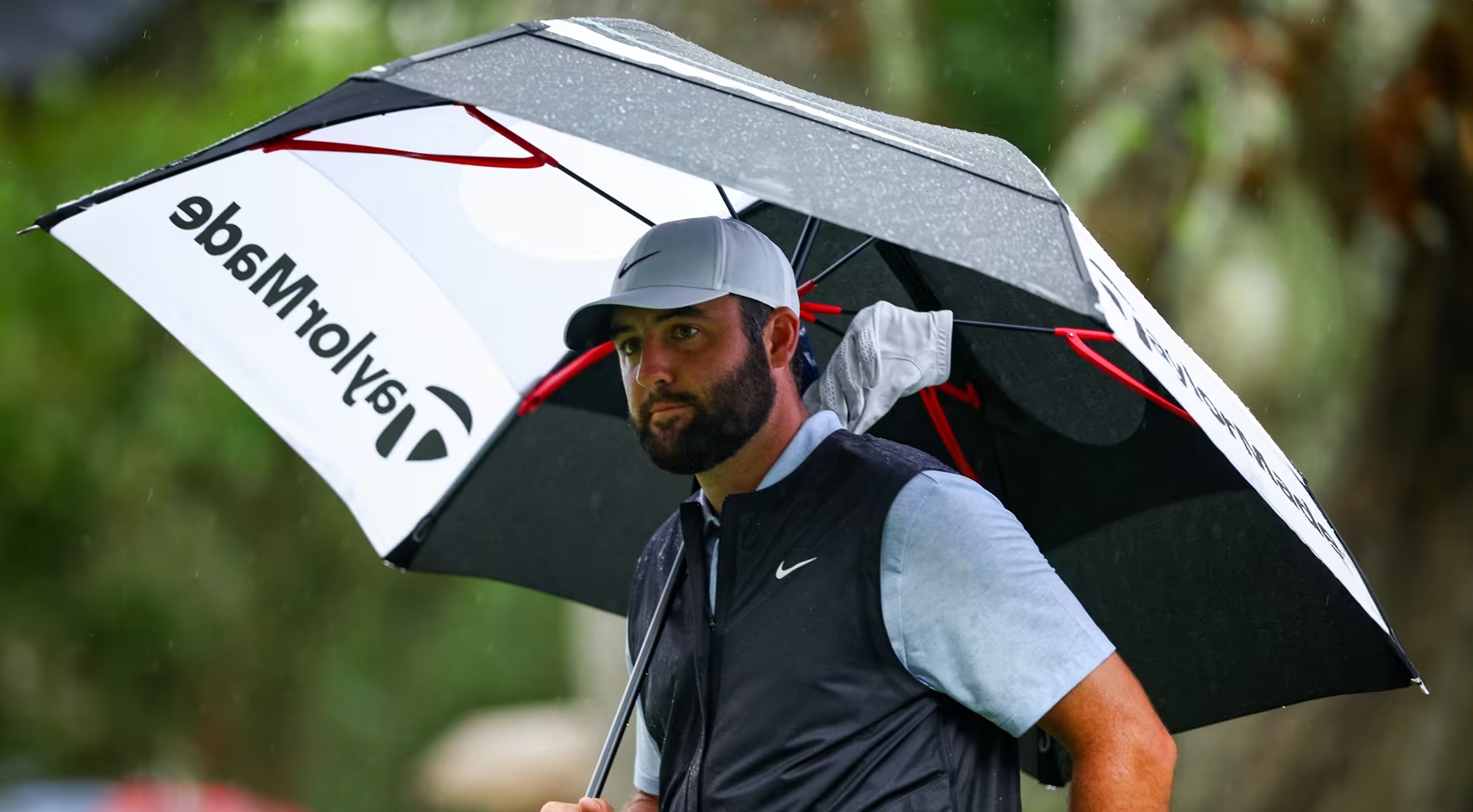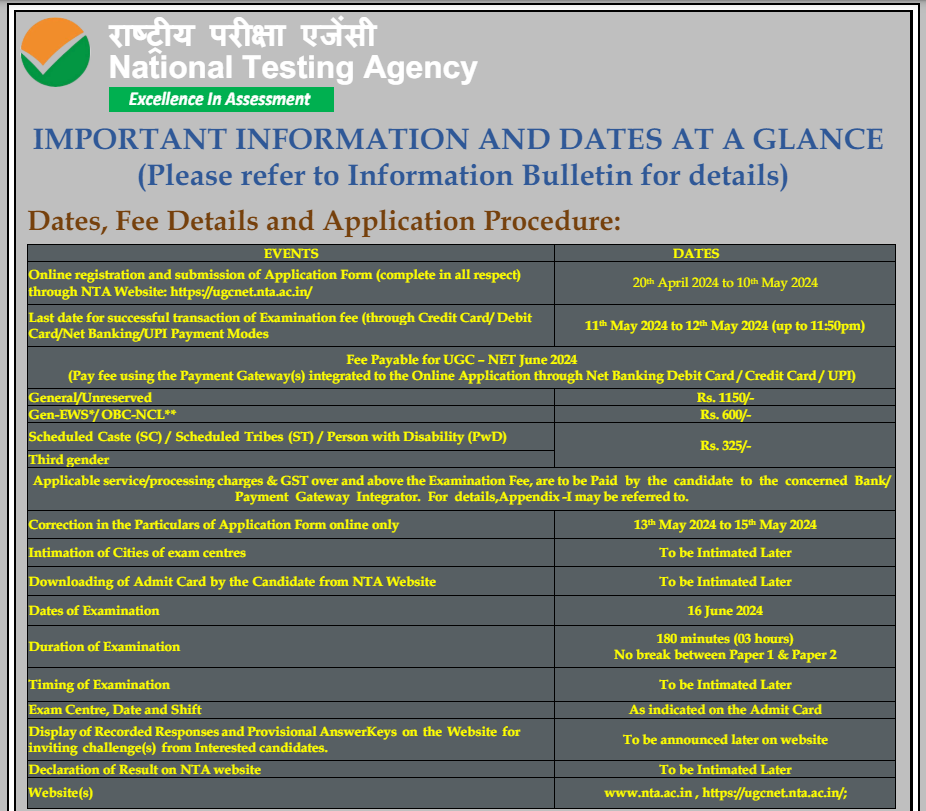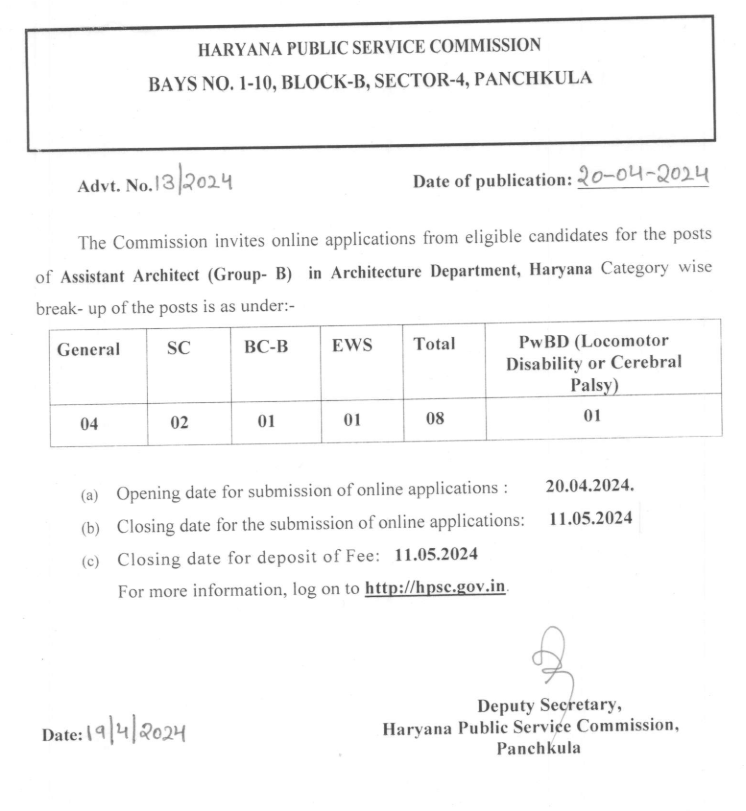Power Electronics Special MCQ Part One

Category –EE Online Test
Telegram-Join Us On Telegram
Attempt Free Power Electronics Special MCQ Part One Here. Read The Important Electricity MCQ From Below.
Power Electronics Special MCQ Part One
1.An SCR is considered to be semi controlled device. Because
(A) It can be turned OFF but not turned ON with gate pulse
(B) It conducts during only one half cycle of an alternating current wave
(C) It can be turned ON but not turned OFF with a gate pulse
(D) It can be turned ON only during only one half cycle of an alternating voltage wave
Answer-C
2.SCR can be turned on by
1. Applying anode voltage at a sufficiently fast rate
2. Applying sufficiently large anode voltage
3. Increasing SCR temperature to a sufficiently large value
4. Applying adequately large gate current with SCR forward biased
From these, the correct statement
(A) 2, 4 (B) 4 only (C) 1, 2 4 (D) All
Answer-D
3.Which of the following does not cause permanent damage to SCR?
(A) high current
(B) high rate of rise of current
(C) high temperature rise
(D) high rate rise of voltage
Answer-A
4.Thyristors can be turned off by
1. reducing the current below the holding level
2. applying a negative voltage to the anode of the device
3. reducing gate current
from these, the correct statements are
(A) 1 and 3 (B) 1 and 2 (C) 1, 2 and 3 (D) 2 and 3
Answer-B
5.What is a TRIAC?
(A) Two thyristors connected in parallel mode
(B) Two thyristors connected in series mode
(C) Two thyristors connected in anti parallel mode
(D) Two transistors connected in anti parallel mode
Answer-C
Power Electronics Special MCQ Part One
6.TRIAC is
(A) Uncontrolled switch
(B) Semi controlled switch
(C) Fully controlled switch
(D) None of the above
Answer-B
7.For a TRIAC and SCR,
(A) both are unidirectional devices
(B) TRIAC requires more current for turn on than SCR at a particular voltage
(C) TRIAC has less time for turn off than SCR
(D) Both are available with comparable voltage and current ratings
Answer-B
8.Which one of the following statements is TRUE for an ideal power diode?
(A) Forward voltage drop is zero and reverse saturation current is non zero
(B) Reverse recovery time is non zero and reverse saturation current is zero
(C) Forward voltage drop is zero and reverse recovery time is zero
(D) Forward voltage drop is non zero and reverse recovery time is zero
Answer-C
9.Surge current rating of an SCR specifies the maximum
(A) repetitive current with sine wave (B) non repetitive current with rectangular wave
(C) non repetitive current with sine wave (D) repetitive current with rectangular wave
Answer-C
10.Consider the following statements
1. IGBT has low input impedance compared to PMOSFET
2. IGBT and PMOSFET are both voltage controlled devices
3. IGBT can be designed for higher voltages as compared to PMOSFETs
4. IGBT converters are more costly and bigger in size compared to BJT converters
The correct statements are:
(A) 1 and 2 (B) 2 and 3 (C) 3 and 4 (D) 1 and 4
Answer-B
Power Electronics Special MCQ Part One
11.Thyristor A has rated gate current of 2 A and thyristor B has rated current of 100 mA
1. A is a GTO and B is a conventional SCR
2. B is a GTO and A is conventional SCR
3. A may operate as a transistor
4. B may operate as a thyristor
From the above the correct statements are
(A) 1, 4 (B) only 1 (C) 2, 3 (D) 2, 4
Answer-B
12.In a GTO, anode current begins to fall when gate current
(A) is negative peak at t = 0
(B) is negative peak at t = storage period ts
(C) just begins to become negative at t = 0
(D) is negative peak at t = (ts + fall time)
Answer-B
13.The snubber circuit is used in thyristor circuits for
(A) triggering (B) phase shifting
(C) di/dt protection (D) dv/dt protection
Answer-D
14.Snubber circuits are used to protect thyristor from which of the following?
(A) High di/dt and low dv/dt
(B) High dv/dt and low di/dt
(C) High dv/dt and high di/dt
(D) low di/dt and low dv/dt
Answer-C
15.Snubber circuit is used to limit the rate of
(A) Rise of current
(B) Conduction period
(C) Rise of voltage across SCR
(D) None of the above
Answer-C
Power Electronics Special MCQ Part One
16.For an SCR, dv/dt protection is achieved through
(A) RL in series with SCR
(B) RC across SCR
(C) L in series with SCR
(D) L across SCR
Answer-B
17.The snubber circuit used to shape the turn on switching trajectory of thyristor and/or to limit di/dt during turn on is
(A) L – R snubber polarized
(B) R – C snubber polarized
(C) R – C snubber unpolarized
(D) L – R snubber unpolarized
Answer-A
Power Electronics Special MCQ Part One
18.For an SCR, di/dt protection is achieved through
(A) R in series with SCR
(B) RL in series with SCR
(C) L in series with SCR
(D) L across SCR
Answer-C
19.Which one of the following statements is NOT true?
(A) For SCRs to be in conduction state, forward anode current must be greater than the latching current
(B) For SCRs to be in blocking state, forward anode current must be lower than the holding current
(C) When SCRs in conduction state, they can be turned off by applying suitable gate pulses
(D) When avalanche break down takes place, SCRs enter into the conduction state
Answer-C
20.During forward blocking state, a thyristor is associated with
(A) low current, large voltage
(B) large current, low voltage
(C) medium current, large voltage
(D) low current, medium voltage
Answer-A
Power Electronics Special MCQ Part One




